Table of Contents
Introduction
Spices are the unsung heroes of the kitchen. They transform simple ingredients into mouthwatering masterpieces and bring cultures to life on our plates. Whether you're a seasoned chef or a curious foodie, understanding how different global cuisines use spices can elevate your cooking game. In this article, we'll explore the world of spices across five major cuisines — Indian, Mexican, Thai, Italian, and Middle Eastern — and offer practical tips to help you make the most out of every dish.
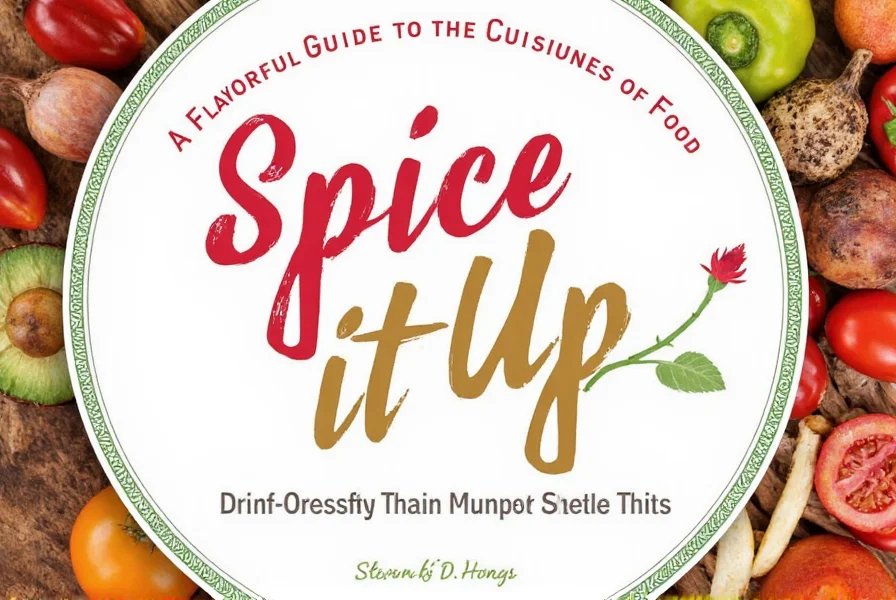
Spices Across Global Cuisines
From the fiery curries of India to the delicate herbs of Mediterranean cuisine, each region has its own unique spice profile. Let's take a quick tour:
| Cuisine | Key Spices | Flavor Profile |
|---|---|---|
| Indian | Turmeric, cumin, coriander, garam masala | Earthy, warm, and aromatic |
| Mexican | Cumin, chili powder, oregano, paprika | Smoky, spicy, and bold |
| Thai | Galangal, lemongrass, kaffir lime, chili | Refreshing, tangy, and spicy |
| Italian | Oregano, basil, rosemary, garlic | Herbaceous, fresh, and comforting |
| Middle Eastern | Saffron, sumac, za'atar, cinnamon | Rich, floral, and complex |
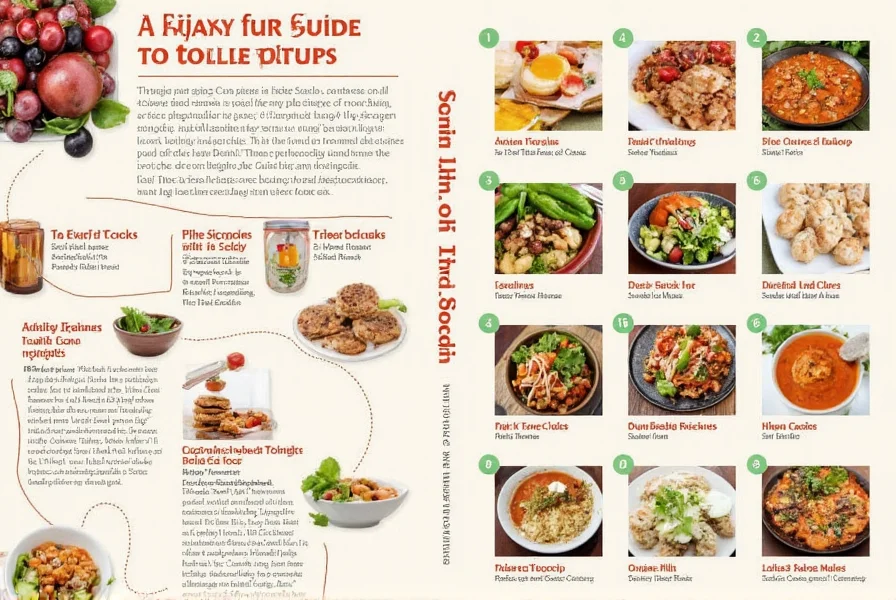
As you can see, each cuisine has its own distinct flavor identity shaped by the spices it uses. These spices not only add taste but also tell stories of tradition, geography, and history.
Practical Tips for Using Spices
Using spices is an art, and like any art, it takes practice. Here are some practical tips to help you get started:
- Start Small: When experimenting with new spices, start with a small amount and adjust to taste. It's easier to add more than to remove it.
- Toast Before Using: Toasting whole spices before grinding them enhances their aroma and flavor. A simple pan or dry heat works wonders.
- Pair Wisely: Not all spices go well together. For example, cumin pairs nicely with chili, while cardamom complements desserts.
- Use Freshness: Freshly ground spices have a stronger flavor than pre-ground ones. Invest in a spice grinder if you're serious about cooking.
- Store Properly: Keep spices in airtight containers away from light and heat to maintain their potency.
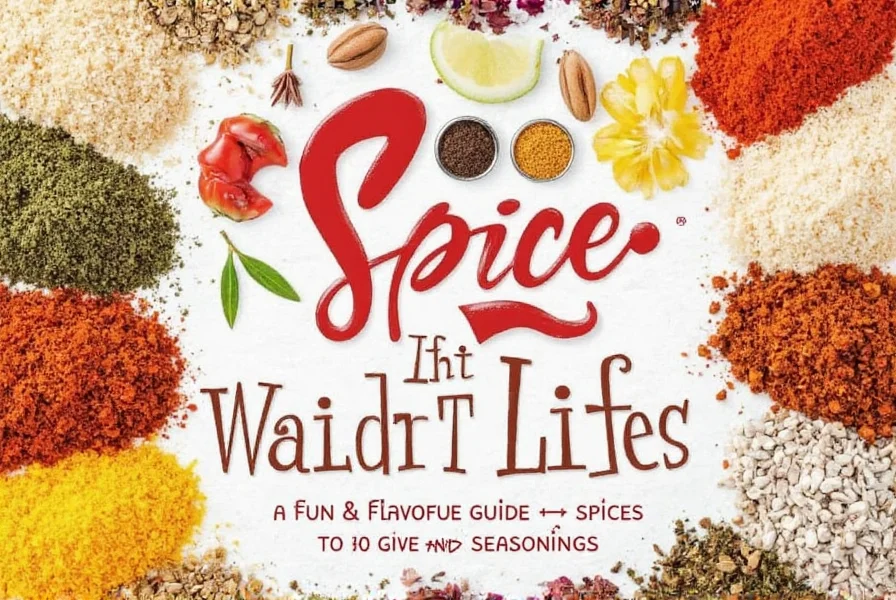
Remember, the goal is to enhance the natural flavors of your ingredients, not mask them. With a little practice, you'll be able to create dishes that are as flavorful as they are memorable.
Buying Guide: Essential Spices for Cooking
If you're looking to expand your spice collection, here's a guide to help you choose the best options:
Top 5 Must-Have Spices
- Ground Cumin - Perfect for Indian and Mexican dishes. Use it in soups, stews, and spice blends like chili powder.
- Paprika - Adds a sweet, smoky flavor to Hungarian and Spanish recipes. Great for roasted vegetables and meat rubs.
- Dried Oregano - A staple in Italian cooking. Ideal for pasta sauces, pizzas, and grilled meats.
- Chili Powder - A blend of ground chilies and other spices. Essential for making tacos, enchiladas, and fajitas.
- Cinnamon - Used in both sweet and savory dishes. Perfect for baking, spiced teas, and Moroccan tagines.
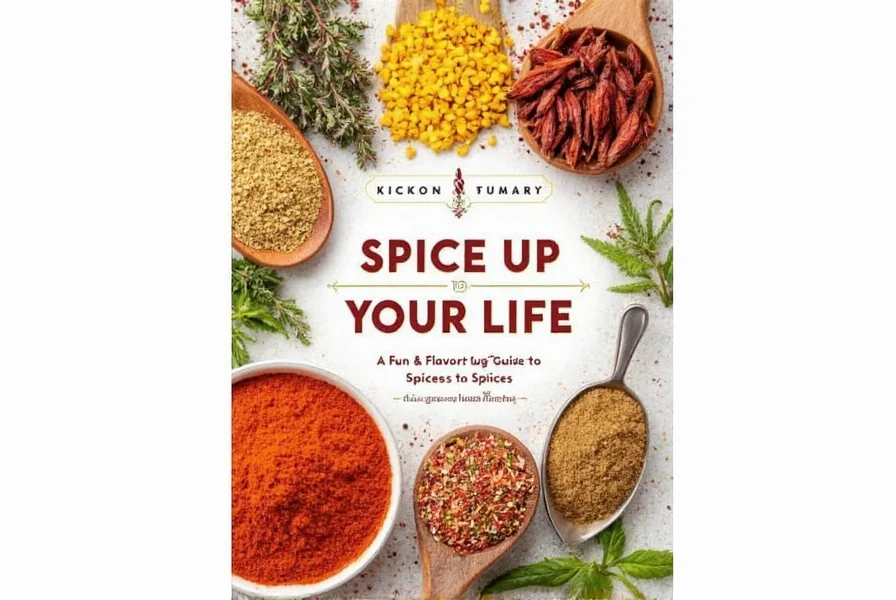
When buying spices, look for high-quality brands that use pure, unadulterated ingredients. Some top picks include:
- McCormick Ground Cumin - Reliable and affordable, ideal for everyday use.
- Penzeys Smoked Paprika - Offers a rich, deep flavor perfect for adding depth to dishes.
- Herbamare Dried Oregano - Organic and robust, great for authentic Italian recipes.
- St. Augustine Chili Powder - A traditional blend with a balanced heat level.
- Ceylon Cinnamon - Superior quality with a sweet, delicate flavor, ideal for baking and beverages.
These products are suitable for home cooks, food enthusiasts, and professional chefs who want to keep their pantry stocked with versatile spices.
Frequently Asked Questions
What are the five global cuisines covered in this guide?
The article focuses on Indian, Mexican, Thai, Italian, and Middle Eastern cuisines, each with distinctive spice combinations that define their culinary traditions. Indian cuisine features turmeric and cumin for earthy warmth, Mexican relies on chili powder and cumin for boldness, Thai uses lemongrass and galangal for freshness, Italian favors oregano and basil for herbaceous notes, and Middle Eastern cuisine showcases saffron and za'atar for complex, floral flavors.
How can I tell if my spices are still fresh and potent?
Fresh spices should have a strong, distinctive aroma and vibrant color. If they've lost their scent or taste bland when sampled, they're likely past their prime. Whole spices typically maintain potency for 2-3 years, while ground spices last 1-2 years. To test freshness, rub a small amount between your fingers and smell - if the aroma is weak, it's time to replace them.
What's the difference between herbs and spices?
Herbs typically come from the leafy, green parts of plants (like basil, oregano, and cilantro), while spices come from other plant parts including seeds (cumin, coriander), roots (ginger, turmeric), bark (cinnamon), flowers (clove), or fruit (allspice). Most herbs are used fresh in Mediterranean and Western cuisines, while spices are typically dried and form the foundation of many global spice blends.
Can I substitute one spice for another when I don't have the exact ingredient?
Substitutions are possible but will alter the flavor profile. For example, paprika can substitute for chili powder (though it will be milder), and garam masala can replace curry powder (though it has a different flavor profile). When substituting, start with half the recommended amount and adjust to taste. Some good substitutes include: cumin for coriander (use less), allspice for cloves, and smoked paprika for chipotle powder.
Why do certain cuisines use such specific spice combinations?
Spice usage is shaped by geography, climate, historical trade routes, cultural traditions, and available ingredients. For example, Indian cuisine developed complex spice blends partly due to historical access to spice trade routes, while Mediterranean cuisines favor herbs that grow abundantly in their climate. Mexican cuisine incorporates native chilies and spices that thrive in its climate, and Middle Eastern cuisine features spices that were historically traded along ancient caravan routes.
What's the best way to store spices to maximize their shelf life?
Store spices in airtight containers away from light, heat, and moisture. A cool, dark cupboard is ideal - avoid storing spices above the stove where heat and steam can degrade them faster. Glass or metal containers work better than plastic for maintaining freshness. Label containers with purchase dates, and consider buying whole spices and grinding them as needed, as they retain flavor longer than pre-ground versions.
Conclusion
Spices are more than just flavor enhancers—they're the heartbeat of global cuisines. Whether you're exploring the vibrant spices of India, the bold flavors of Mexico, or the subtle notes of Mediterranean cuisine, there's always something new to discover. By understanding how different global cuisines use spices, you can unlock a world of culinary possibilities right in your own kitchen.
So, go ahead—experiment, taste, and most importantly, enjoy. After all, the best part of cooking is sharing your creations with others. And remember, every meal is an opportunity to add a little more spice to your life.
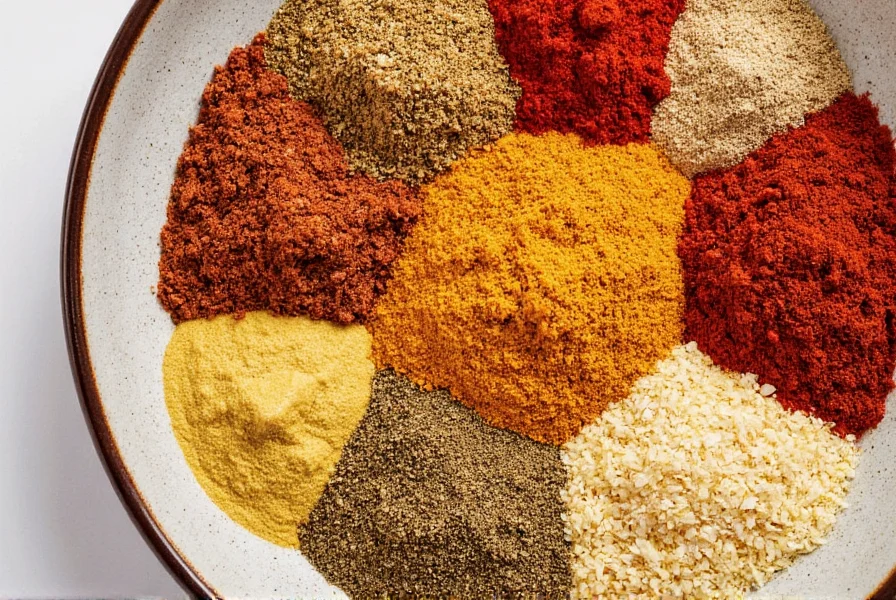
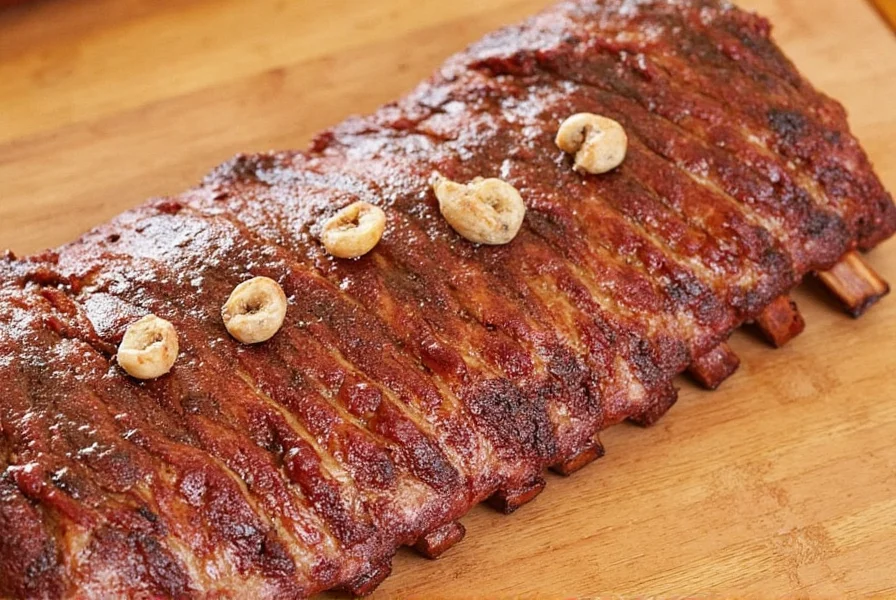
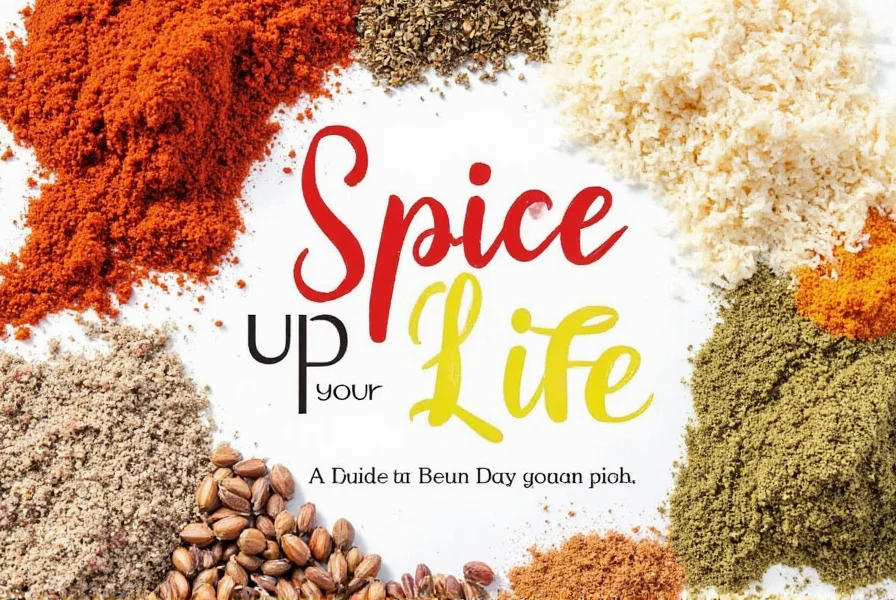
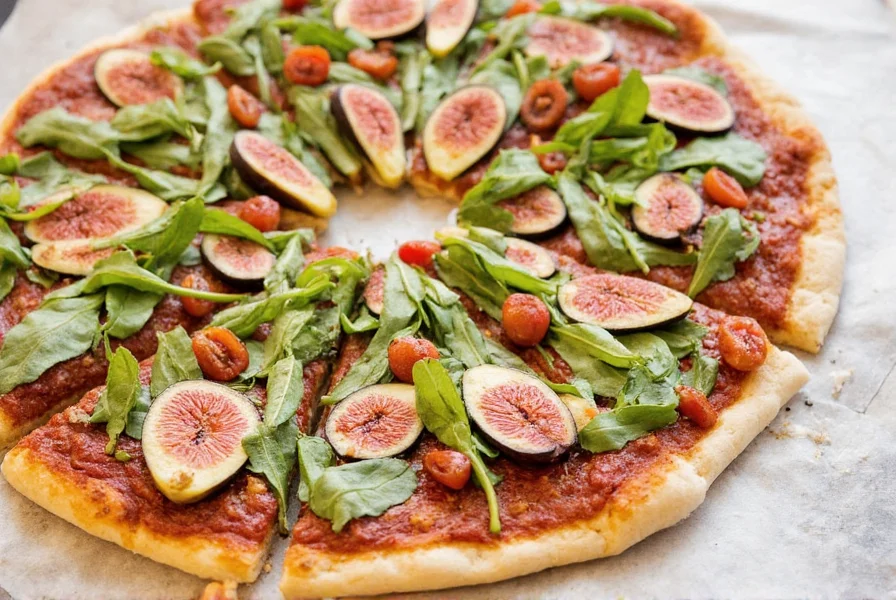
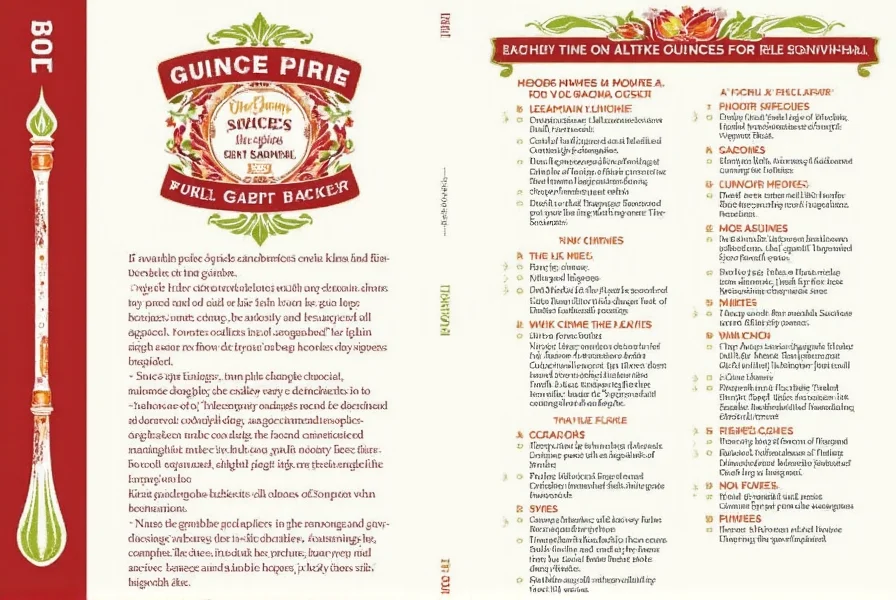

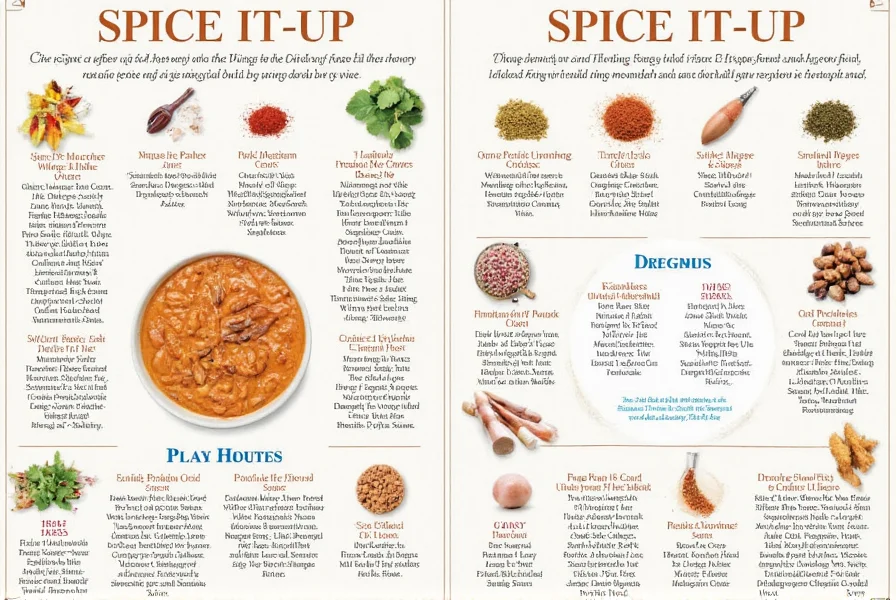









 浙公网安备
33010002000092号
浙公网安备
33010002000092号 浙B2-20120091-4
浙B2-20120091-4